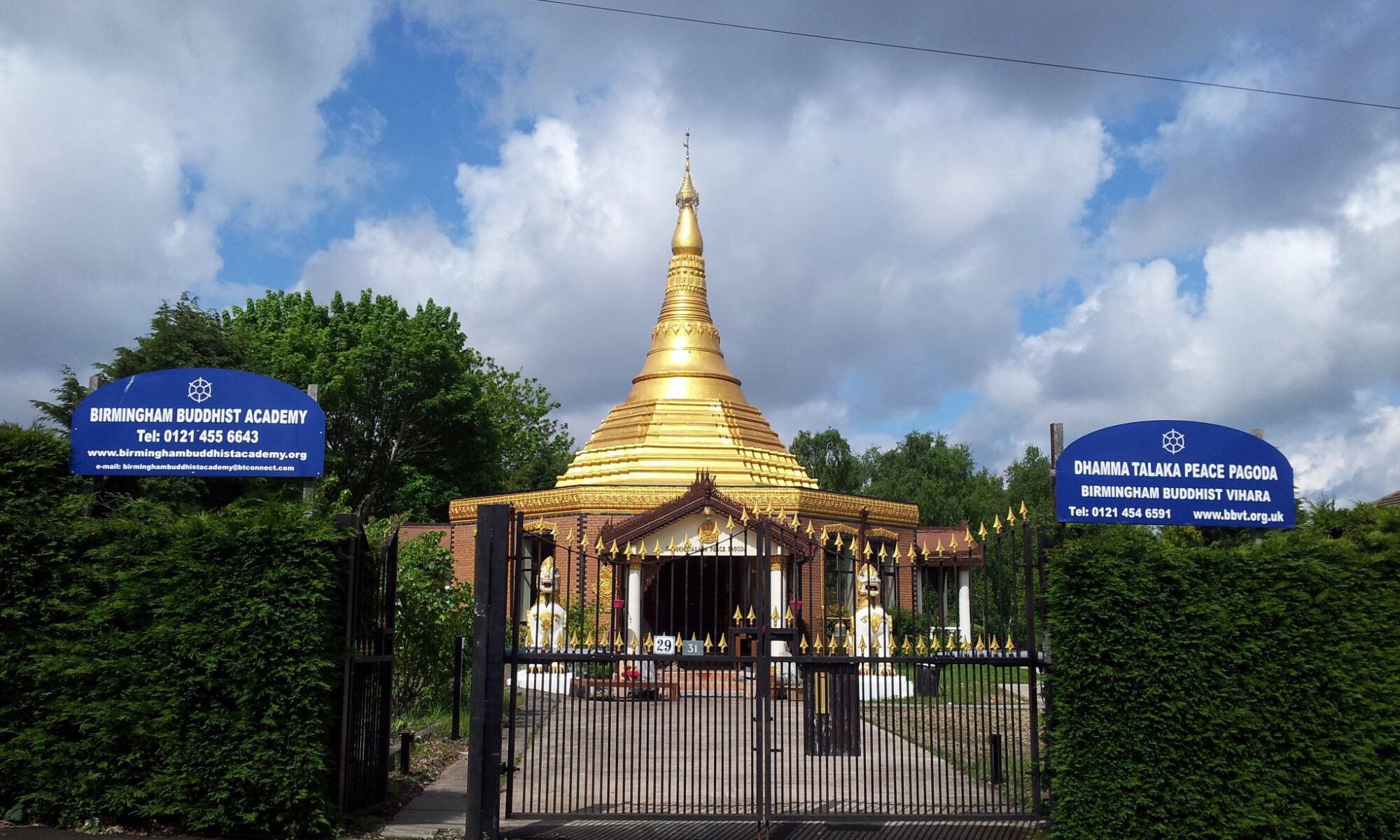The pagoda is an oriental style of sacred tower. In Buddhism, it is also called a stupa or caitya. The building of pagodas dates from the time of the Buddha’s passing into Nibbana, around the sixth century BCE. At that time, the Buddha’s body was cremated and only fragments of the bones remained. These sacred relics were divided among the rulers who were his devout followers. They placed them in golden chambers in their respective countries and built pagodas over them so that people could venerate and pay homage.
The pagoda symbolises peace, compassion and other exemplary qualities of the Buddha. As such, Buddhists venerate it everywhere. With the spread of Buddhism, pagodas were built in all those countries where it became established. The pagoda is the earthly manifestation of the mind of the Buddha and, as such, stands as a prime symbol of Buddhism. The Dhammatalaka Pagoda will fulfil three purposes: it will be a shrine for Buddhists to perform their traditional ceremonies; a focus where non-Buddhists can learn about Buddhism; and a sanctuary where both may find peace and tranquillity.



